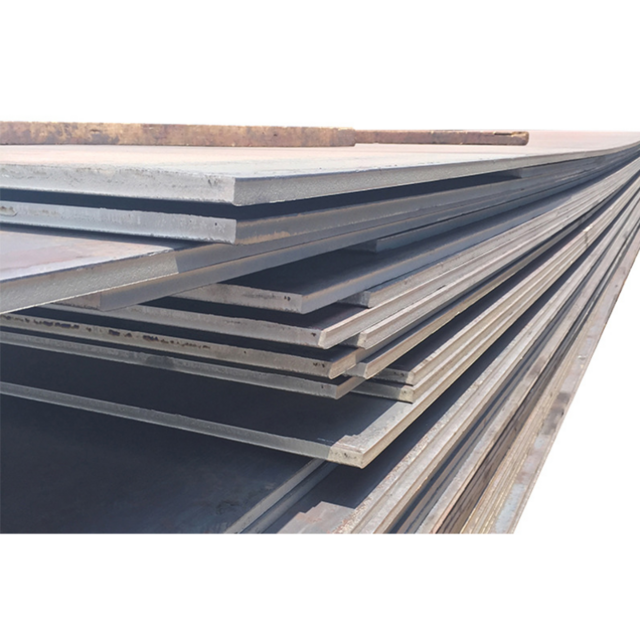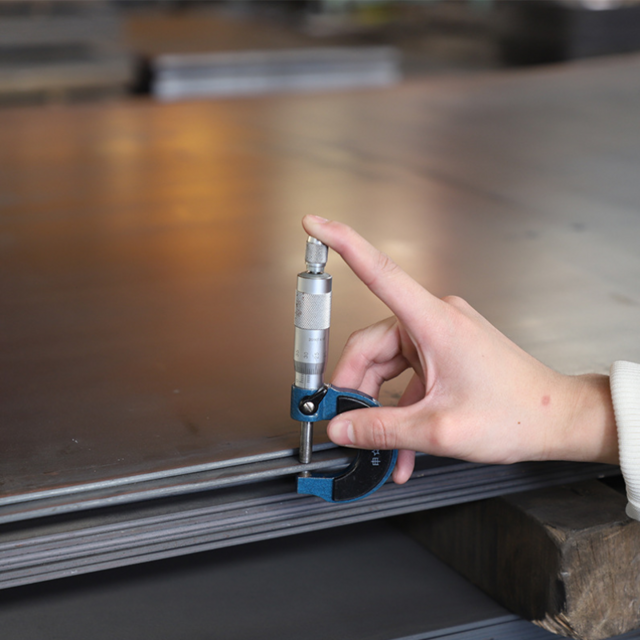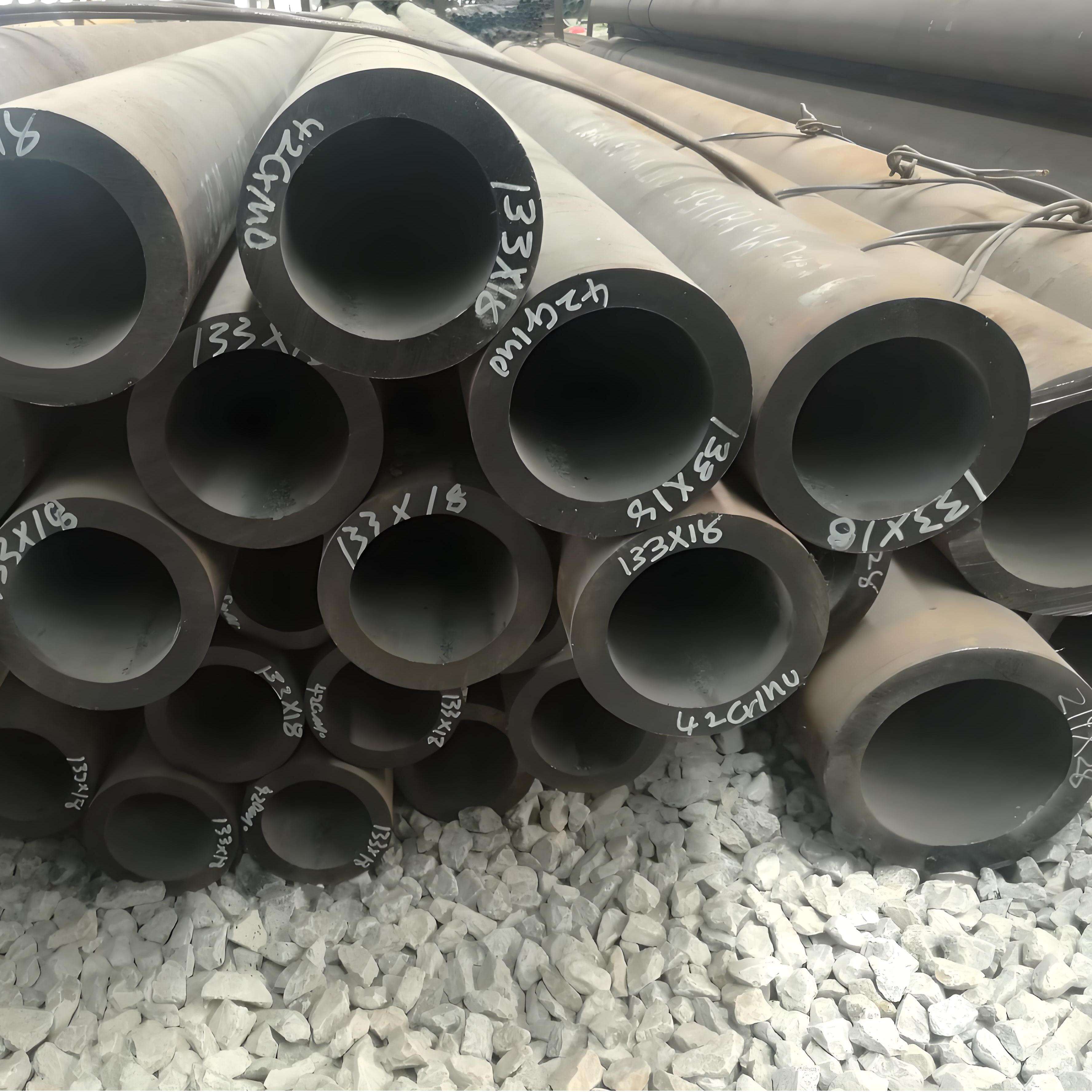stainless steel butt weld pipe fittings
Stainless steel butt weld pipe fittings represent essential components in modern piping systems, designed to create seamless connections between pipe sections through welding. These fittings are manufactured from high-grade stainless steel, offering exceptional resistance to corrosion, pressure, and temperature variations. The construction process involves precise machining and forming techniques, ensuring uniform wall thickness and dimensional accuracy. These fittings come in various configurations, including elbows, tees, reducers, and caps, each serving specific functions in pipe routing and flow control. The butt welding method creates a strong, leak-proof joint by fusing the fitting directly to the pipe end, eliminating the need for additional connecting components. This technology is particularly valuable in industries requiring sterile conditions, such as pharmaceutical manufacturing, food processing, and chemical plants. The fittings comply with international standards like ASME and DIN, guaranteeing reliability and compatibility across different applications. Their design facilitates smooth fluid flow, minimizes turbulence, and reduces pressure drops in the system, contributing to overall operational efficiency.


